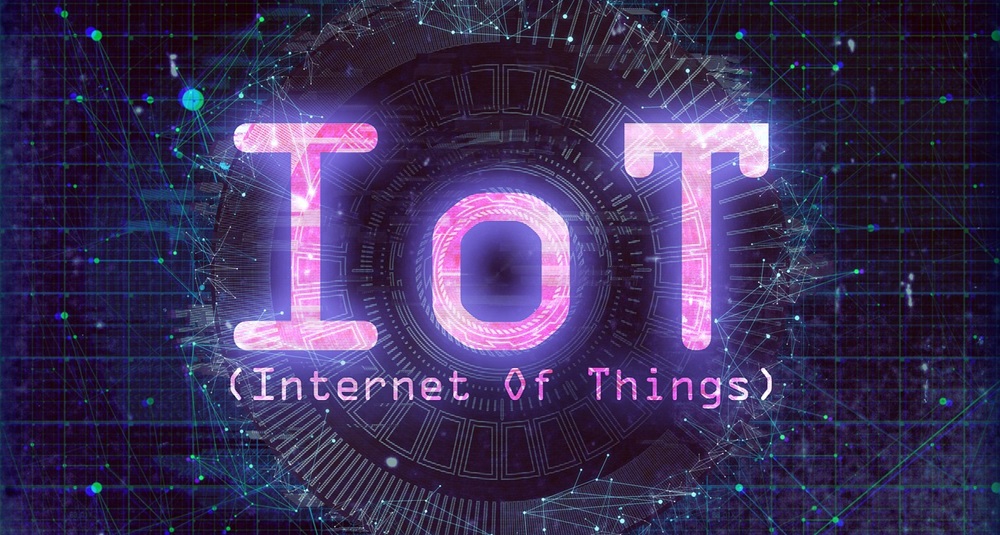
In a recent announcement, Sprint and Ericsson have revealed a new global relationship to build a distributed and virtualized core network dedicated specifically for the Internet of Things (IoT), in addition to an IoT operating system. This new environment, which is purpose-built for the future of IoT, is designed to create an optimal flow of device data, enabling immediate, actionable intelligence at the network edge for end users and enterprises.
The global Sprint IoT platform is set to be presented at a press conference at Mobile World Congress Americas in Los Angeles.
“We are combining our IoT strategy with Ericsson’s expertise to build a platform primed for the most demanding applications like artificial intelligence, edge computing, robotics, autonomous vehicles and more with ultra-low-latency, the highest availability and an unmatched level of security at the chip level,” said Ivo Rook, SVP, IoT for Sprint. “This is a network built for software and it’s ready for 5G. Our IoT platform is for those companies, large and small, that are creating the immediate economy.”
“Sprint is a pioneer in IoT and we are excited to partner together to create a truly disruptive IoT business,” said Asa Tamsons, SVP and Head of Business Area Technology & Emerging Business, Ericsson. “Sprint will be one of the first to market with a distributed core network and operating system built especially for IoT and powered by Ericsson’s IoT Accelerator platform. Our goal is to make it easy for Sprint and their customers to access and use connected intelligence, enabling usage of data to provide instant insights to improve customer experiences and generate more value.”
The Core Network:
- Dedicated to help provide: low latency and highest availability.
- Distributed and virtualized: reduces distance between the device generating the data and the IoT application processing it; nodes are distributed right to the enterprise premise, if necessary, to support specific security, privacy and latency requirements.
The IoT OS:
- Capabilities enable simplified inbound and outbound activity for device connectivity.
- Configuration and updates of firmware and software are managed for each device. All data is managed securely with world-class security on the chip level.
- The IoT OS provides full subscription lifecycle management and monitoring of billing and usage data.
- Capability to ingest enormous amounts of data while delivering immediate intelligence on that data.
Service assurance for all IoT elements and enterprise locations, including network operations center monitoring, service resource fulfillment, cloud orchestration management and application management.
Ken Briodagh is a writer and editor with more than a decade of experience under his belt. He is in love with technology and if he had his druthers would beta test everything from shoe phones to flying cars.Edited by
Ken Briodagh





